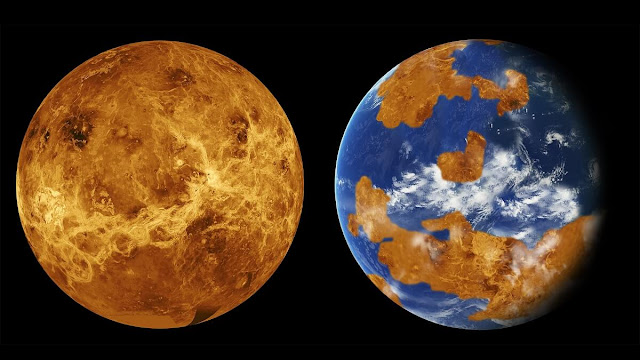BREAKING: Astronomers just found 20 NEW Moons orbiting an Alien-World in our Solar System

Astronomers have discovered 20 new moons around Saturn, bringing the total to 82. This outnumbers Jupiter, which previously held the record with 79 moons. One of the new moons has the most distant known orbit around Saturn, and they are all about the same size, with diameters of about three miles (5 kilometers). Two of the moons orbit in around two years, while the other 18 take more than three years. An artist’s conception of the 20 newly discovered moons orbiting Saturn. NASA/JPL-Caltech/Space Science Institute/Paolo Sartorio/Shutterstock Seventeen of the new moons orbit Saturn in reverse, or backward, relative to the planet's other natural satellites. The retrograde moons have orbits that are similar to those of Saturn's other known moons. And based on their inclinations, astronomers believe these moons were once part of a much larger moon that broke apart long ago. A team led by Scott S. Sheppard of the Carnegie Institution for Science discovered the moons using the Subaru












